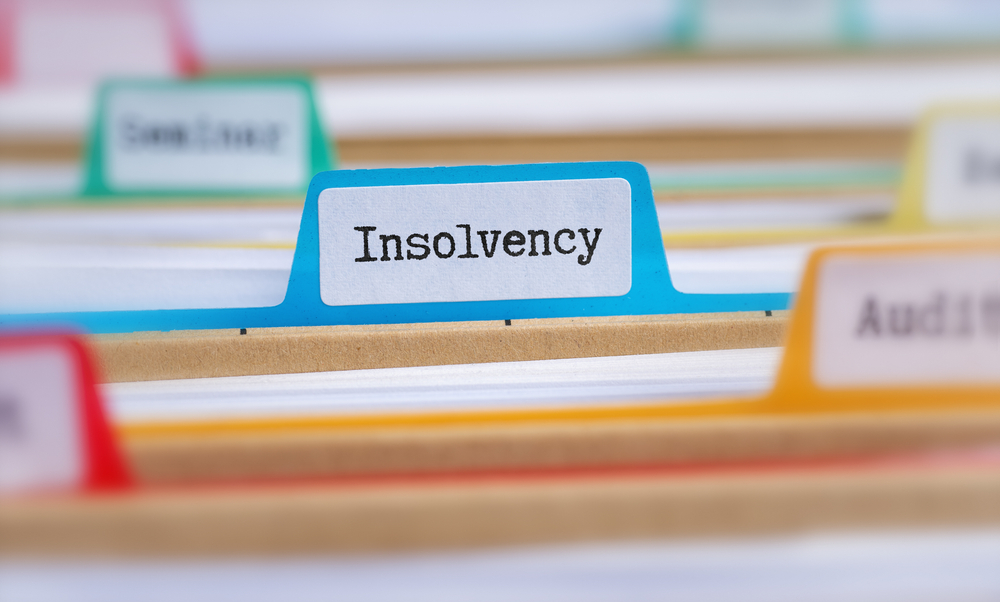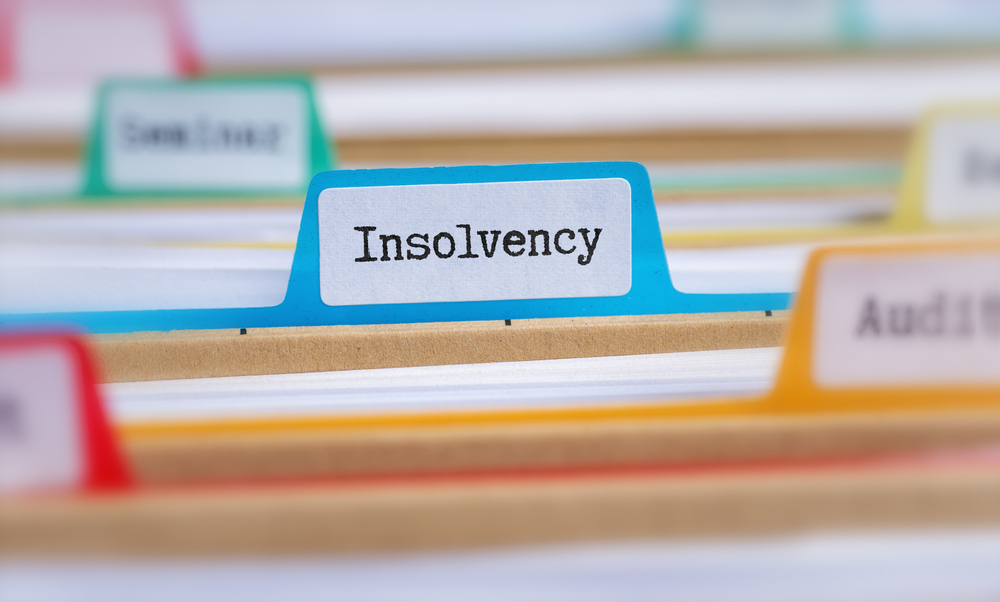
Understanding LPA Receiverships
What is an LPA Receivership?
When a property loan is secured, lenders typically require a ‘charge’, granting them the right to repossess the property in the event of default.
LPA (Law of Property Act) receivership, as established by the Law of Property Act 1925, is the legal mechanism through which a lender exercises their right to recover a secured debt. This process allows the lender to appoint an LPA receiver in the event of a single missed payment or other breaches of the loan agreement.
A distinguishing feature of LPA receivership is its procedural flexibility. Unlike other receivership forms, an LPA receiver need not be a licensed insolvency practitioner. The role may be filled by a solicitor, surveyor, or even a lender’s employee, potentially expediting the process.
It is crucial to note that LPA receivership is not contingent upon the borrower’s insolvency. The lender may initiate this process irrespective of the overall financial health of the borrower’s business. This aspect renders LPA receivership a particularly powerful remedy for lenders and a significant consideration for borrowers.

Who can Appoint an LPA receiver?
Any lender holding a fixed charge over a property has the authority to appoint an LPA receiver. This right is codified in Section 109 of the Law of Property Act 1925, which delineates the appointment process, powers, remuneration, and duties of a receiver[1]Trusted Source – GOV.UK – Practice guide 36A: receivers appointed under the provisions of the Law of Property Act 1925.
It is crucial to note that while Section 109 provides the statutory foundation, the specific conditions of the mortgage document often expand upon these provisions. As such, the precise circumstances under which a lender may appoint an LPA receiver will vary depending on the terms of the individual mortgage agreement.
What Is the LPA Receivership Process?
he LPA receivership process is a structured procedure designed to protect the interests of lenders whilst ensuring fair treatment of borrowers. Understanding this process is crucial for both lenders and borrowers involved in secured property transactions.
The process typically unfolds as follows:
Default Event
The process is initiated when the borrower breaches the terms of the mortgage agreement. This could be a missed payment, violation of covenants, or other specified defaults.
Formal Demand
The lender usually issues a formal demand for repayment, providing the borrower with an opportunity to rectify the breach.
Appointment of Receiver
If the default remains unresolved, the lender may appoint an LPA receiver. This appointment must be made in writing and in accordance with the terms of the mortgage deed.
Assumption of Control
Upon appointment, the receiver assumes control of the property. They become responsible for its management and have the authority to collect rents, if applicable.
Property Assessment
The receiver conducts a thorough assessment of the property, including its condition, value, and potential for generating income or realising capital.
Strategy Implementation
Based on their assessment and in consultation with the lender, the receiver implements a strategy to recover the debt.
To achieve this primary objective, the receiver may employ various strategies, including:
- Managing the property to generate income
- Collecting outstanding rents
- Improving the property’s marketability
- Negotiating with existing tenants
- Marketing and selling the property if necessary
Can an LPA Receivership be Challenged?
LPA receiverships are notoriously difficult to challenge. The primary reason for this lies in the meticulous drafting of the original mortgage documents, which are designed to grant lenders extensive rights to recover their funds in the event of default.
The possibility of successfully challenging an LPA receivership is typically limited and highly dependent on two key factors:
- The specific wording of the mortgage contract
- The particular circumstances of the case
Potential grounds for a challenge include:
- Procedural irregularities in the appointment process
- Breach of the terms stipulated in the mortgage document
- Failure to adhere to the statutory requirements set out in the Law of Property Act 1925
- Evidence of the receiver acting outside their prescribed powers
It is important to note that even if such grounds exist, the courts generally favour the lender’s right to protect their security. Successful challenges are rare and often require compelling evidence of significant impropriety or legal error.
Can an LPA Receiver Sell a Property?
Indeed, an LPA receiver has the authority to sell a property. This power is fundamental to their primary duty of recovering the lender’s funds. However, it is important to understand the full scope of their capabilities and responsibilities.
An LPA receiver’s powers typically include:
- Selling the property
- Collecting rent from tenants
- Managing the property
- Insuring the property
- Carrying out necessary repairs or improvements
The receiver’s paramount obligation is to act in the best interests of the lender, with the overarching goal of recovering the outstanding debt. This may involve selling the property if it is deemed the most effective means of debt recovery.
The primary sources for this article are listed below, including the relevant laws and Acts which provide their legal basis.
You can learn more about our standards for producing accurate, unbiased content in our editorial policy here.
- Trusted Source – GOV.UK – Practice guide 36A: receivers appointed under the provisions of the Law of Property Act 1925








